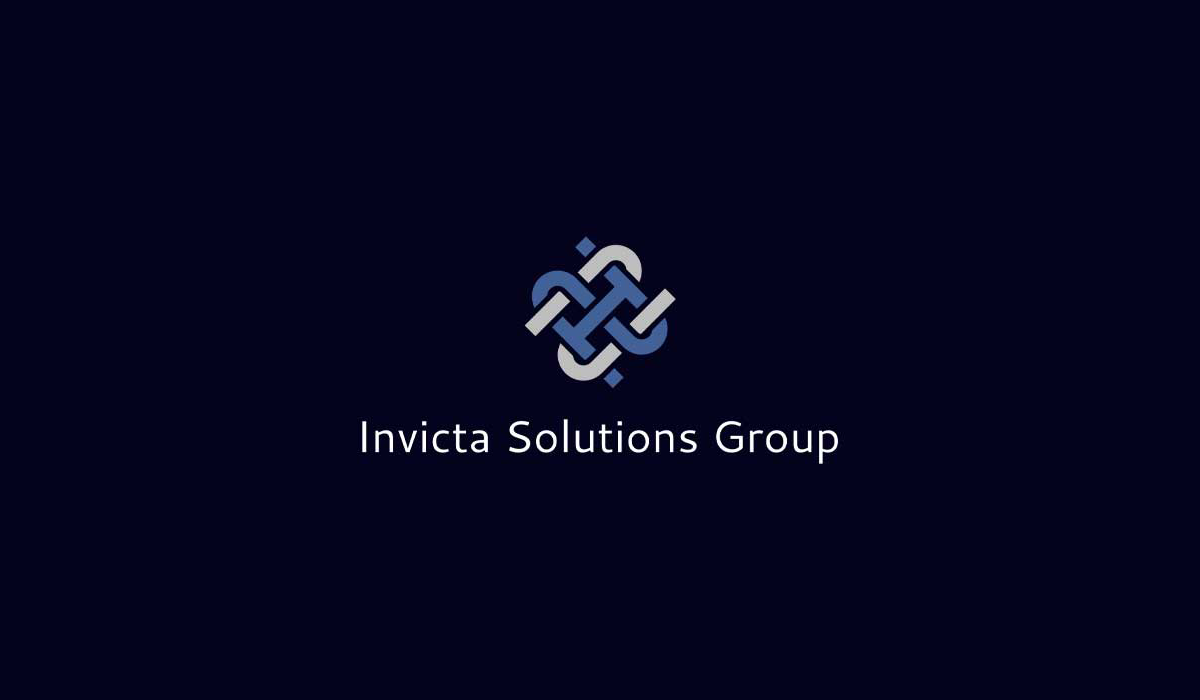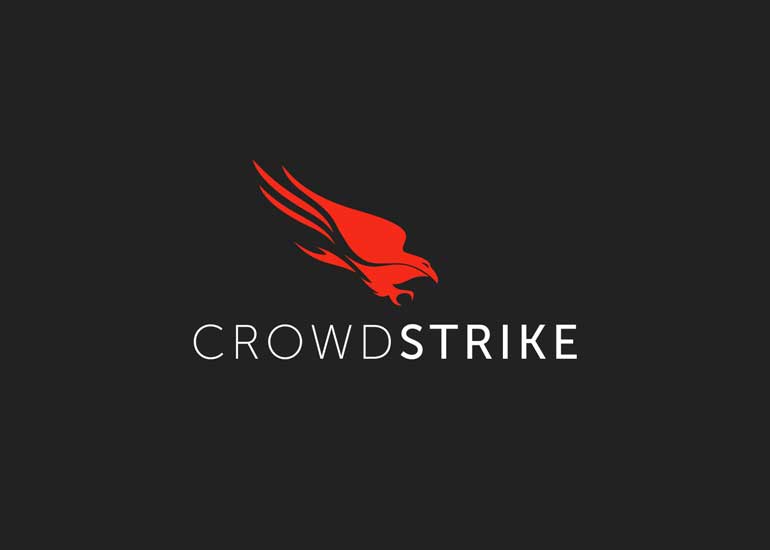Why NIST Assessments Matter for Compliance and Risk Management
By Aaron Fager, Cybersecurity Expert
Cybersecurity can often make organizations feel anxious or bored. While most are familiar with laws like HIPAA or GDPR, many do not realize how simple it can be to protect information or build a strong cybersecurity program. The NIST Cybersecurity Framework (CSF) addresses this by offering accessible resources and guidance for everyone. Based on general security best practices, the CSF allows organizations to improve their security posture and compliance, no matter the standard.
NIST designed the CSF as a flexible tool to improve risk management and develop cybersecurity programs. Organizations use the framework to assess their security, identify gaps, manage risks, and communicate these risks both internally and externally. The CSF’s key components—Core Functions, Implementation Tiers, and Profiles—make the process easier. The Core Functions—Identify, Protect, Detect, Respond, and Recover—guide organizations through building an information security program. Here is what each step covers:
- Identify key assets, systems, and vulnerabilities.
- Protect by putting security controls in place.
- Detect cybersecurity events using continuous monitoring.
- Respond effectively to incidents and breaches.
- Recover by quickly restoring services.
|
Need More Information on how to protect your company?
Contact Invicta Solutions Group:
(615) 965-4426
|
These steps usually follow a circular process but can be adapted or worked on individually, based on the organization’s needs and risks. An organization should evaluate its risk landscape carefully to decide how best to implement the framework.
The Implementation Tier helps an organization determine how integrated their cybersecurity practices are. Each tier reveals how well cybersecurity efforts have been woven into the organization's overall risk management. Implementation Tiers range from 1 to 5. At Tier 1, security practices are minimal and reactionary, meaning the organization is not equipped to manage an attack. At Tier 5, there are detailed controls, risk mitigation plans, and policies for incident recovery. Higher tiers represent more advanced integration and an initiative-taking approach to security. Reaching higher tiers takes more time and resources, so a cost-benefit analysis is important when deciding what is best for your business. Profiles outline the organization's current and desired security postures based on its goals and the threats it faces. For example, what information needs protection for the business to succeed? This helps shape the organization's profile and determine the right controls and tier to work toward.
One of the strengths of the NIST CSF is its flexibility, making it suitable for organizations of any size and industry, including healthcare, finance, and government.
Many sectors use it to build or enhance their cybersecurity programs, and it supports compliance with standards like HIPAA, GDPR, and SOC 2. By using the framework, companies can reduce duplication of efforts by aligning with multiple regulations simultaneously. NIST CSF includes a control crosswalk to many other standards, making it easier to determine if a single control satisfies multiple requirements.
Using NIST CSF has several benefits, like better risk management, continuous improvement, and aligning business and cybersecurity goals. A CSF assessment provides an opportunity to address risks to the organization. Managing risk is fundamental to using CSF effectively. It helps organizations prioritize resources and tailor their security practices to the most critical risks. Invicta Solutions Group’s clients, for instance, have received System Security Plans, risk assessments, gap analyses, and implementation plans. These tools have made their security programs stronger and easier to manage. Invicta Solutions Group customers are armed with documents and policies, guidelines, and a holistic view of their programs. They now know what they need to improve upon, and how to make the improvements. The results of the assessment can be used to leverage more resources, and to justify the need to change or update current practices for more secure ones.
As new threats emerge, the CSF encourages organizations to evolve their cybersecurity practices.
With attacks hitting the news each year, following the CSF makes organizations better equipped to manage these dangers. For example, as ransomware attacks rise, an organization that follows the CSF is more likely to have secure backups and an incident response plan in place to mitigate damage. The framework’s repeatable process also gets easier with time and aligns cybersecurity with business goals, like improved service availability, secure products, and better data protection.
Although the CSF helps organizations meet regulatory requirements and build stronger cybersecurity strategies, adopting it can come with challenges. Companies, especially those new to cybersecurity, might struggle with understanding what controls apply to them, identifying what needs protection, and how long an assessment will take. Small and large businesses alike may face resource constraints, lack of expertise, or outdated systems and documentation. In many cases, legacy systems pose a significant challenge because they may lack the necessary controls to meet the current standards. While NIST has made the process straightforward, getting help from experienced professionals is often the best way to kickstart or revive a security program.
By working with Invicta Solutions Group for a CSF Assessment, companies can overcome these challenges and build stronger, more resilient cybersecurity programs. For those unsure of where to begin or those facing compliance pressure, conducting a CSF Assessment is a critical first step in achieving both security and compliance goals.












